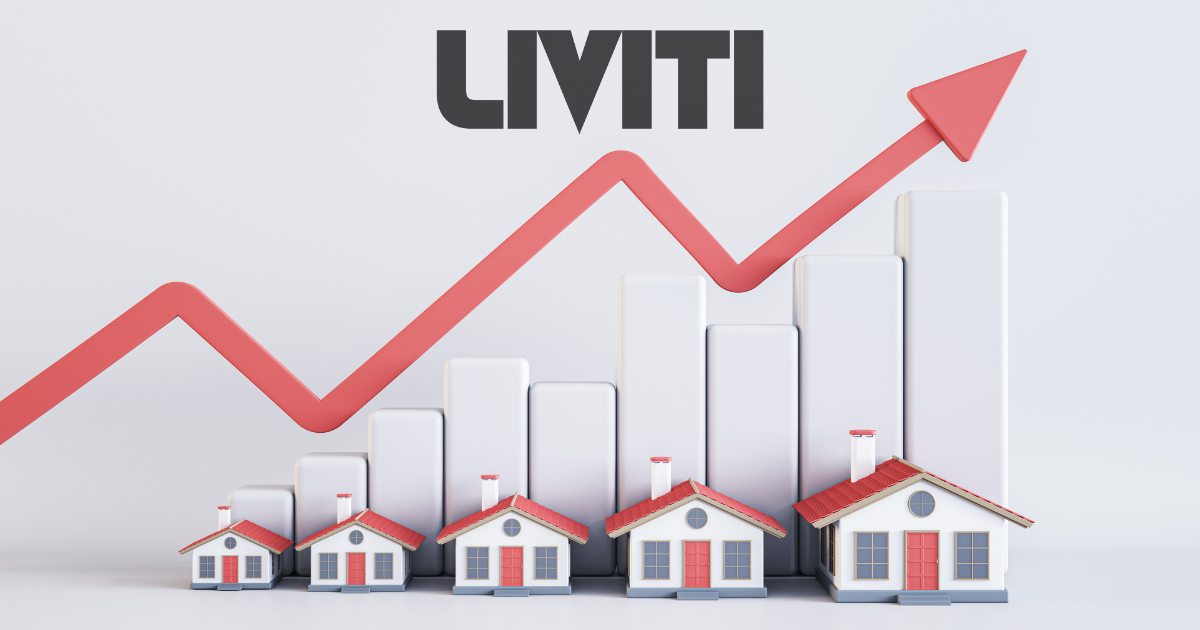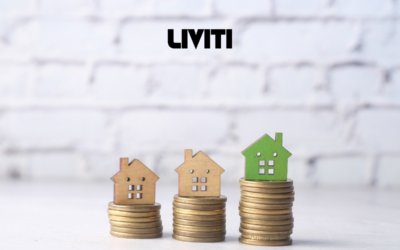The Australian property market is going through some significant changes in November 2024. According to the latest Proptrack report, new listings are increasing, making a noticeable impact on the property market.
For the first ever time, the national median home value has reached a significant milestone, climbing to $800,000. Let’s explore what’s driving the market and how this impacts property investors.

Source: PropTrack (Data represents values for dwellings (house and unit combined), Regions shown are defined by ABS’ GCCSA Standards. (Greater Capital City Statistical Areas).
National Median Home Value Reaches Record $800,000
In November 2024, the national median home value for Australian homes hit $800,000. This marks a 0.15% increase from last month and a 5.53% increase over the past year. Despite the challenges of high interest rates, the Australian median house prices continues to rise, demonstrating the resilience of the Australian property market.

What’s Exactly Driving This Significant Growth?
The increase in the national median home value can be attributed to several factors:
- Strong demand due to population growth and a rapidly growing competitive Australian property market. For example, if you are willing to buy a unit or apartment in Sydney, you have to keep in mind about the median unit price of whopping $1,070,000. Whereas in Melbourne and Brisbane; consecutively the median unit price is $565,600 and $600,000.
- Limited housing supply in the key areas of Australia, making investment properties or any sort of properties more competitive than anytime ever.
- Spring listings have provided immersive options for property buyers, yet property prices are still climbing.
For investors interested to invest in property, understanding these factors is essential to identify the best opportunities in a market where the Australian median house price is steadily rising.

Source: PropTrack
Capital City Price Growth: Mixed Results but Positive Momentum
Capital cities show varied performance, but there’s still positive growth across the board. For November 2024, home prices across the combined capital cities rose by 0.11% for the month and 5.55% year-on-year.
Top Performers:
- Hobart (+0.43%) and Adelaide (+0.40%) are leading with solid monthly gains.
- Brisbane and Canberra are also showing growth (+0.28%).
Melbourne’s Slight Dip:
- In contrast, Melbourne saw a slight dip in its prices, making it now the 5th most expensive capital city, with Brisbane and Adelaide surpassing it.

Why Capital Cities Remain Attractive to Property Investors?
Despite mixed results, capital cities remain appealing due to:
- A steady flow of new listings, offering more choices for buyers. According to SQM research, in November 2024, there were a total of 36,931 property listings whereas in October 2024, it was 35,290. That means, new listings of 1,641 within the 30 days.
- Long-term growth potential, with cities like Brisbane and Adelaide showing strong upward trends.
For investors, watching the performance of different cities is crucial to spot the best opportunities, especially in areas where the national median home value is climbing.

Why Now Could Be a Ultimate Time to Invest in Melbourne?
While Melbourne’s market has seen a minor dip, it may actually be the perfect time to invest. With prices slightly down compared to other capital cities, Melbourne offers a more affordable entry point for investors, especially as high demand continues. The city’s infrastructure growth, population increases, and ongoing developments suggest a rebound is inevitable. Low housing approvals could further drive up prices in the near future, making now an opportune time to purchase before prices rise again.
Investors looking to secure a property in Melbourne at a more attractive price could benefit from a strong return on investment as the city’s market rebounds in the coming months.

Source: PropTrack
Regional Areas Outperform Capital Cities in Price Growth
Interestingly, regional markets have outpaced capital cities in price growth in November 2024. Regional areas saw a 0.26% price increase compared to the 0.11% growth in capital cities.
Standout Regional Markets:
- South Australia (+1.06%) and Tasmania (+0.65%) led the charge in price increases.
Challenges in Regional Victoria:
- In contrast, regional Victoria experienced a slight decline in prices, with a 2.09% drop over the past year.
Why Regional Areas Are Gaining Attention
Regional areas, particularly in South Australia and Tasmania, are seeing significant growth due to:
- High demand driven by lifestyle factors and affordable living.
- Limited housing supply, pushing prices higher.
For investors, regional markets can offer strong opportunities, especially where the national median home value is rising steadily, and lifestyle-driven growth is taking place.
Key Takeaways for Investors
November 2024 continues to showcase a growing property market in Australia, with varied performance across different regions. Here’s what investors should keep in mind:
- Capital Cities: Cities like Hobart, Adelaide, and Brisbane are showing solid growth, with the national median home value steadily increasing.
- Melbourne’s Opportunity: While Melbourne has experienced a slight dip in property prices, this could present a unique opportunity for investors. The combination of low housing approvals and high demand suggests Melbourne is likely to bounce back in the near future, making it a potentially lucrative market for those looking to secure properties at a more affordable price before the next growth cycle.
- Regional Areas: Areas across South Australia and Tasmania are outperforming capitals in price growth, providing valuable investment opportunities.
- Supply and Demand: More listings are expected in the coming months, so staying on top of supply and demand shifts is crucial for investors.
By monitoring these trends, investors can position themselves to capitalize on the ongoing market changes, especially in Melbourne, where a slight decline may lead to a strong future rebound.
Find the Right Investment Opportunity for You
Each investor’s situation is unique, and knowing where to focus your efforts can make all the difference. Whether you’re considering Melbourne’s potential or looking for opportunities in regional areas, our team at Liviti can help identify the best opportunities suited to your goals.
Reach out to Liviti today to discuss how we can help you make the most of the current market. Let’s talk about your next step in property investment.
Frequently Asked Questions (FAQs)
1. What is the national median home value in Australia as of November 2024?
The national median home value in Australia has reached $800,000 in November 2024, marking a 5.53% year-on-year increase despite high interest rates.
2. What factors are driving the growth in Australia’s property market?
Key drivers include strong population growth, a competitive rental market, and limited housing supply, particularly in high-demand areas.
3. Which Australian capital cities showed the highest price growth in November 2024?
Hobart (+0.43%) and Adelaide (+0.40%) led the monthly price growth, followed by Brisbane and Canberra.
4. Why might now be a good time to invest in Melbourne’s property market?
Melbourne’s slight price dip offers a more affordable entry point, and factors like population growth and low housing approvals suggest potential for a rebound.
5. How did regional property markets perform compared to capital cities in November 2024?
Regional markets outperformed capital cities, with a 0.26% price increase compared to the 0.11% growth in capital cities.
6. Which regional areas showed the strongest property price growth?
South Australia (+1.06%) and Tasmania (+0.65%) led regional markets in price growth due to lifestyle-driven demand and limited housing supply.
7. How do spring property listings affect the Australian housing market?
Spring listings provide more options for buyers, but continued demand keeps prices climbing, particularly in areas with limited supply.
8. What challenges are affecting regional Victoria’s property market?
Regional Victoria saw a 2.09% price decline over the past year, contrasting with growth in other regions.
9. Why do capital cities remain attractive for property investors?
Capital cities offer long-term growth potential and consistent demand, with cities like Brisbane and Adelaide showing strong upward trends.
10. How can investors identify the best opportunities in the current property market?
Investors should monitor supply-demand trends, regional performance, and capital city growth, particularly in areas showing resilience or potential rebounds like Melbourne and regional South Australia.




